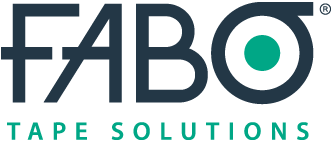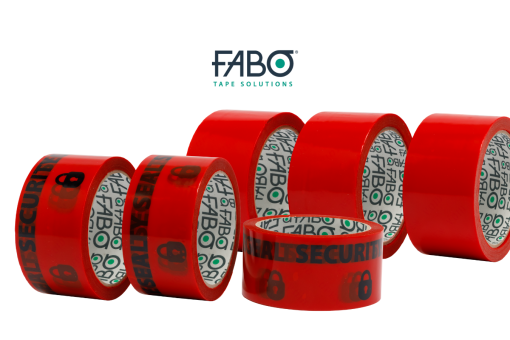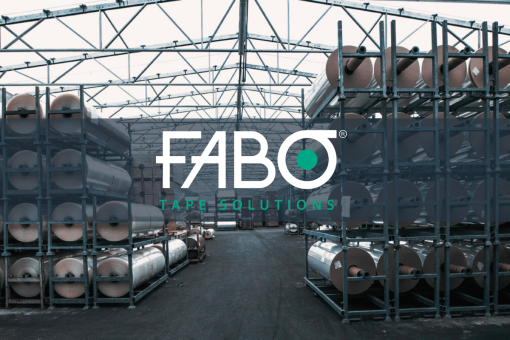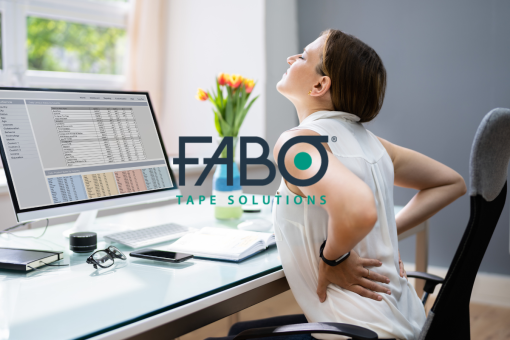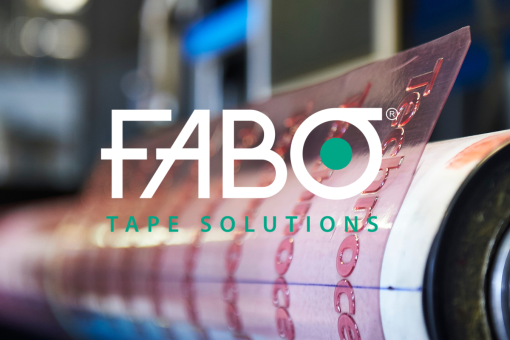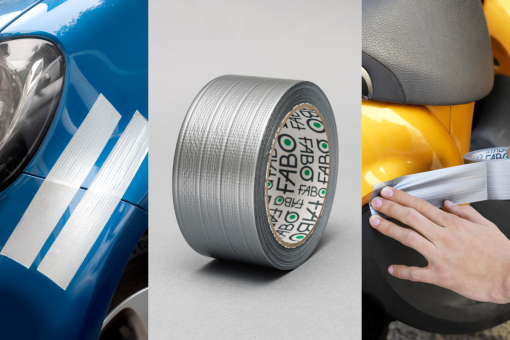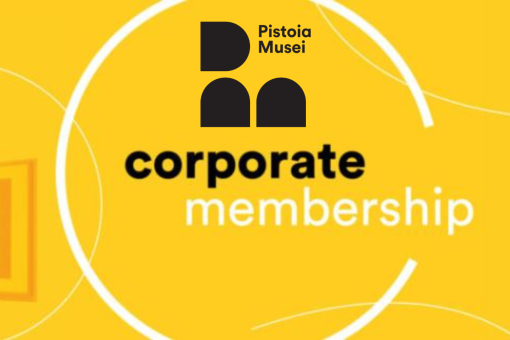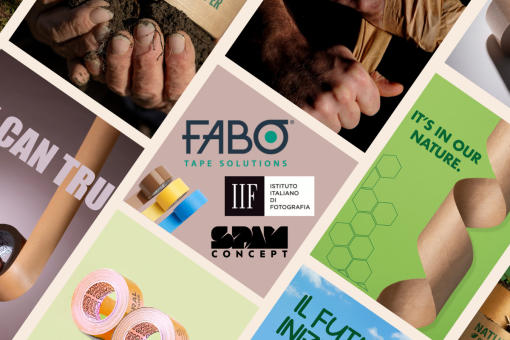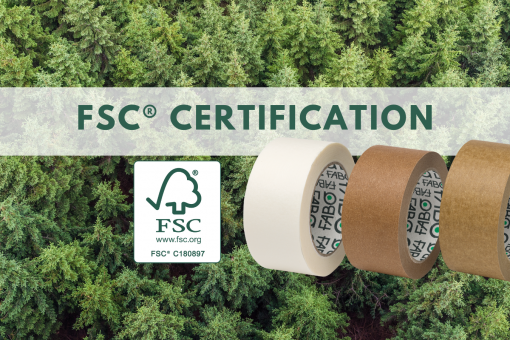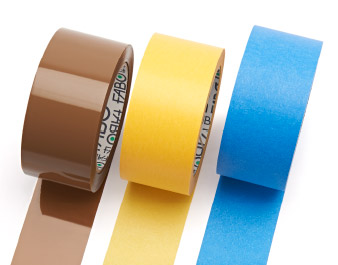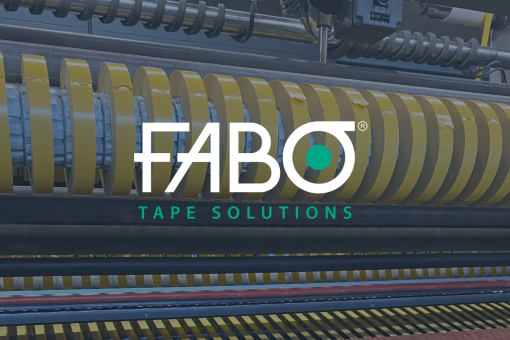
Adhesive tape reel cutting machinery
Cutters are machines designed for the precise and automated cutting of semi-finished reels. These systems allow large reels of tape to be converted into specific sizes and formats required by customers for packaging purposes or other applications.
The cutting of the reels by the cutters is the final stage in the production of adhesive tape, before the product is packed into boxes for shipping.
How exactly does it work?
The raw materials are loaded into the machine: the reel of semi-finished product and the sleeves. The latter are the central support normally made of cardboard onto which the tape is wound to form the roll.
The cutter has a dual function: it cuts the reel into strips of tape of different widths and simultaneously winds them onto the single sleeve for a set length.
When requested by the customer, a tab can be applied to the tape, i.e. that mark at the start of the roll that provides easy access to open the product. The tab is usually made of white plastic, or sometimes paper, measures 19 mm and is applied before the cutting stage.
How many types of cutting can there be?
Depending on the possibilities and equipment, the cutters can guarantee 3 types of cut: pressure, blade, scissor.
Let us go into more detail about the individual cuts.
Pressure cutting or ‘easy tear’ allows the ‘easy cut’ effect to be applied to the tape. The cut is not neat and leaves an edge that is slightly frayed, not perceptible to the human eye. These are micro-cuts that do not weaken the tape but create points that facilitate the onset of manual tearing
The blade cut is the most common cut. Thin blades are inserted into the machines, allowing the material to be split. It is a precise cut but not always perfectly linear like a scissor cut because the blades can have micro vibrations. Moreover, it is not able to cut less standard materials.
The scissor cut (used for adhesive tapes and masking tape) is the best cut in terms of precision because it is made by a rotating metal blade against a counter-blade. This ensures an extremely straight cut and allows any type of material to be cut.
The packroll effect
Also inside the cutters, a pressure effect can be applied to the product, making the roll more compact and silent. This process is called ‘packroll’.
The packroll technique involves inserting presses inside the cutter that compress the roll in a radial direction during winding. The pressure that is applied to the product can be variable, so that the tape can be more or less compact.
The packroll accelerates the elimination of air between the tape coils: the roll looks better and unwinding is even quieter. This is useful in those contexts where reduced unwinding noise, when using the tape, is even more important.
Safety and cutting, issues that go hand in hand
Of course, the issue of cutting machine safety is a priority. The cutters are equipped with the latest active and passive safety systems such as protective covers, sensors and emergency stop systems, both in the event of faults and malfunctioning, to ensure maximum protection of the people working on these machines.
Once the product has been cut to the desired size and length, the rolls come out of the cutter on a conveyor belt to the packaging system.
The adhesive tape cutting phase is a crucial stage in our production process where attention, precision, detail, and technology are crucial to the success of the end result and the specific request of the individual customer.
